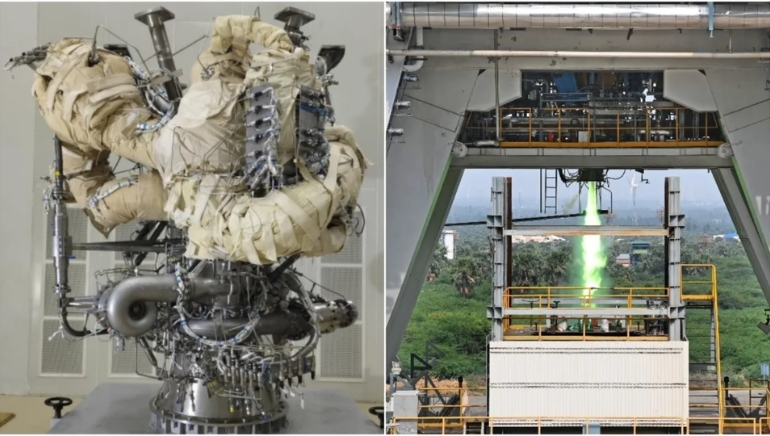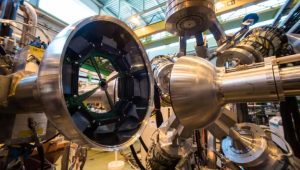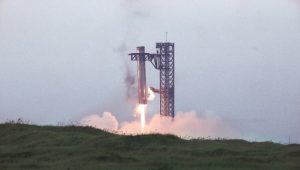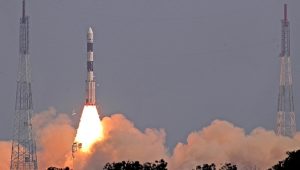India’s space program made a huge step forward when the Indian Space Research Organisation completed a critical hot test of its semi-cryogenic engine. The test was conducted on Friday at the ISRO Propulsion Complex in Mahendragiri, Tamil Nadu. This is a significant step towards upgrading the country’s space launch capability.
The Engine Power Head Test Article (PHTA) focuses on a semi-cryogenic engine powered by liquid oxygen and kerosene. It lasted 2.5 seconds and tested important components such the pre-burner, turbo pumps, and ignition system. The engine functioned exactly as planned, demonstrating its operational efficiency.
SE2000, a semi-cryogenic engine, will replace the existing L110 core stage of the Launch Vehicle Mark-3 (LVM3). The update is expected to boost LVM3’s payload capacity from 4 to 5 tonnes in the Geosynchronous Transfer Orbit.
Prime Minister Narendra Modi opened a cutting-edge facility in Thiruvananthapuram to support the development of high-performance propulsion systems. The project also increases ISRO’s relationship with Indian companies, as crucial components are manufactured domestically.
This achievement pushes India closer to developing high-thrust engines and aligns ISRO with global space leaders.















